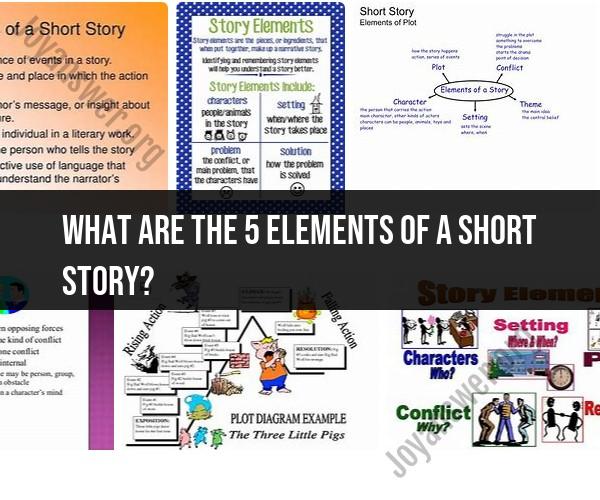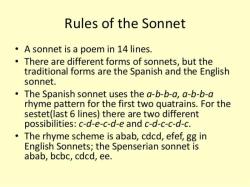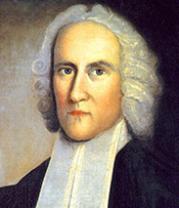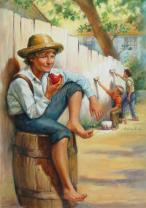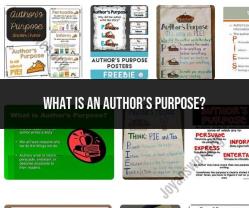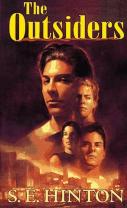What are the 5 elements of a short story?
The five essential elements of a short story are the building blocks that make up its structure and narrative. These elements help writers create engaging and coherent short stories. The five elements of a short story are:
Plot: The plot is the sequence of events that make up the story. It includes the exposition (introduction of characters and setting), rising action (events leading to the climax), climax (the turning point or most intense moment), falling action (events following the climax), and resolution (the story's conclusion).
Character: Characters are the individuals who populate the story and drive the plot. They can be protagonists (main characters), antagonists (opposing characters or forces), or supporting characters. Well-developed characters have distinct personalities, motivations, and characteristics.
Setting: The setting refers to the time and place in which the story occurs. It helps establish the story's atmosphere, context, and mood. A vividly described setting can enhance the reader's understanding of the narrative.
Conflict: Conflict is the central struggle or problem that the characters face. It drives the plot and creates tension. There are different types of conflict, including internal (within a character's mind) and external (between characters or with the environment).
Theme: The theme is the central idea or message that the story conveys. It's the underlying concept or lesson that the reader can take away from the narrative. Themes can be universal and explore human experiences, values, or moral dilemmas.
These five elements work together to form the foundation of a short story. Authors use them to craft compelling narratives that capture the reader's attention, create emotional connections, and convey meaningful messages. While short stories can vary widely in style and content, these elements help ensure that the story has structure and coherence.
The 5 Fundamental Elements of a Short Story
The five fundamental elements of a short story are:
- Plot: The plot is the sequence of events that occur in the story. It is the what happens, when it happens, and to whom it happens. The plot is driven by conflict, which is the struggle between opposing forces.
- Character: The characters are the people or creatures who participate in the story. They can be protagonists (the main characters), antagonists (the characters who oppose the protagonists), or supporting characters (characters who play a smaller role in the story).
- Setting: The setting is the time and place in which the story takes place. It can be a real place, a fictional place, or a combination of the two.
- Theme: The theme is the central idea or message of the story. It is what the author is trying to say about the world or about human nature.
- Point of view: The point of view is the perspective from which the story is told. It can be first person (the narrator is a character in the story), second person (the narrator is speaking directly to the reader), or third person (the narrator is not a character in the story).
Short Story Structure: The Vital Five Components
Short stories typically have a very simple structure. The five components of short story structure are:
- Exposition: The exposition introduces the setting, characters, and conflict of the story.
- Rising action: The rising action is the series of events that lead up to the climax of the story. The conflict intensifies and the stakes get higher.
- Climax: The climax is the peak of the story, where the conflict is resolved.
- Falling action: The falling action is the series of events that follow the climax. The conflict is resolved and the story comes to a close.
- Resolution: The resolution is the ending of the story. It ties up loose ends and provides closure for the reader.
Building Blocks of Short Fiction: Key Elements to Know
The key elements of short fiction are:
- Conflict: Conflict is the engine that drives a story forward. It is the struggle between opposing forces. Without conflict, there is no story.
- Characterization: Well-developed characters are essential to a good short story. Readers need to care about the characters in order to be invested in the story.
- Pacing: Pacing is the rhythm of a story. It is the way the author controls the flow of information and events. Good pacing keeps readers engaged and wanting to read more.
- Language: The language of a short story is important because it creates the tone and mood of the story. It also helps to develop the characters and setting.
By understanding and using these key elements, you can write a short story that is both compelling and satisfying to read.
Bonus tip: Short stories are typically very short, so every word counts. Make sure every word in your story serves a purpose and contributes to the overall effect.
